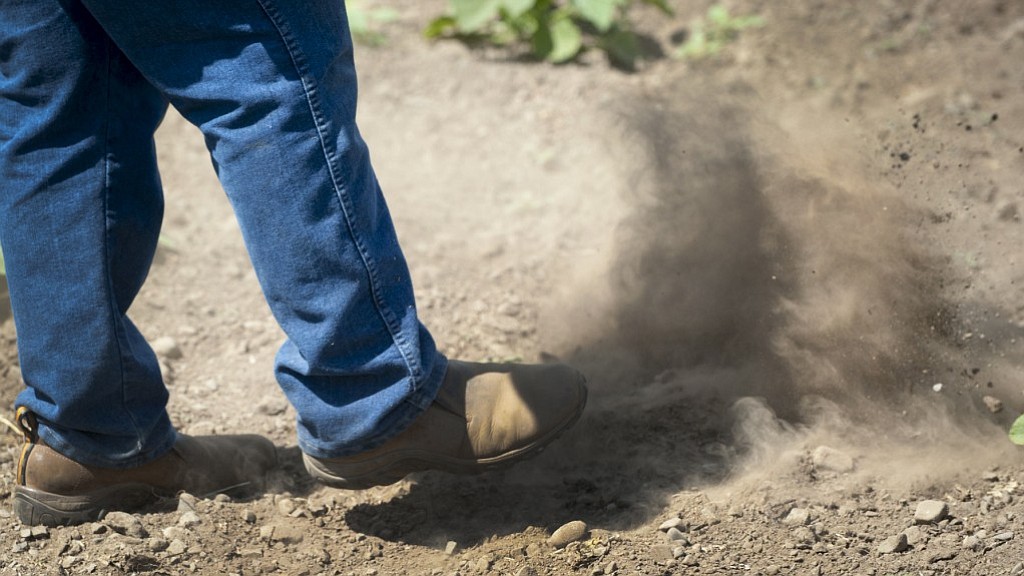See this story in an alternate multimedia-enriched view with a new layout we are experimenting with for in-depth projects like this one. No digital subscription is required for this view.
In May, Gov. Jay Inslee declared a statewide drought emergency.
At the time, he warned that Washington’s rivers had dwindled, snowpack was nearly nonexistent and some irrigation districts were rationing water.
On the Olympic Peninsula, where normally 80 inches of snow would blanket the ground, glacier lilies bloomed.
Then the governor uttered what has now become a familiar refrain: “We’re seeing things happen this time of year we have just never seen before.”





